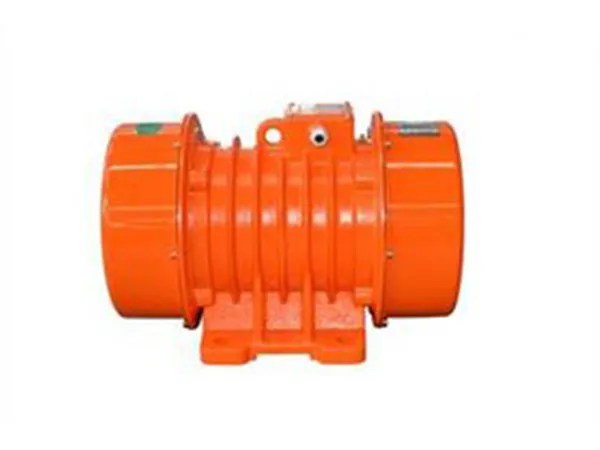
VB series vibration motors are used as the excitation source of various types of vibration machinery, such as vibrating feeders, vibrating conveyors, vibrating ore discharge machines, vibrating sand shakers, vibrating screens, and vibration anti-blocking devices for silos, etc., and are widely used Electricity, building materials, coal, mining, metallurgy, chemical industry, light industry, casting and other industries.
READ MORE
VBB series explosion-proof electric vibrating motors for applications in the oil & gas sector and wherever safety regulations explicitly require explosion proof certification, according to the international standards in force in various countries.
READ MORE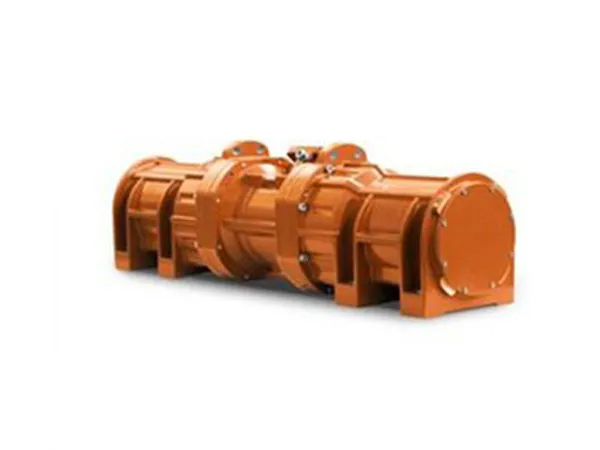
The VLBL series vibration motors are a specialized type of electric motors designed specifically for generating controlled vibrations in various industrial applications.
READ MORE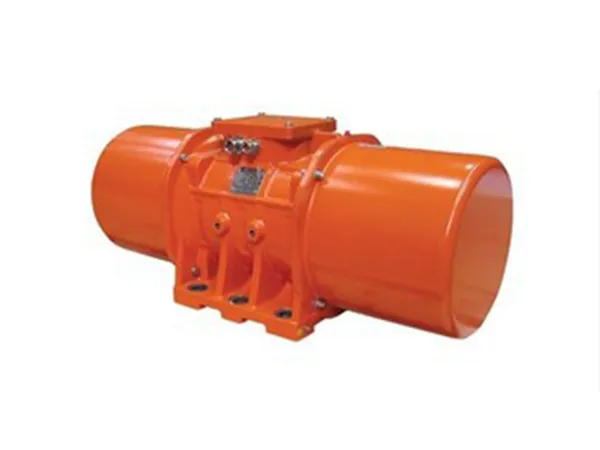
VL series vibration motor, power 1.0~2.2KW, 2, 4 poles, excitation force 13~35KN, a total of 10 specifications. This series of vibration motors are mainly suitable for non-ferrous metal mines and other industries.
READ MORE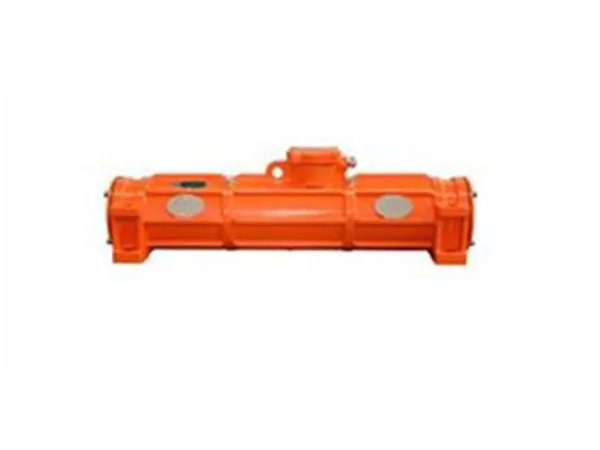
The MVE-SV are “long” electric vibrators, with foot fixing on the ends of the body. They are available in 4-pole version with different voltages, suitable for use with inverters (variable frequency drive) and centrifugal force variable from 3,500 to 8,000 kg, adjustable on each individual model.
READ MORE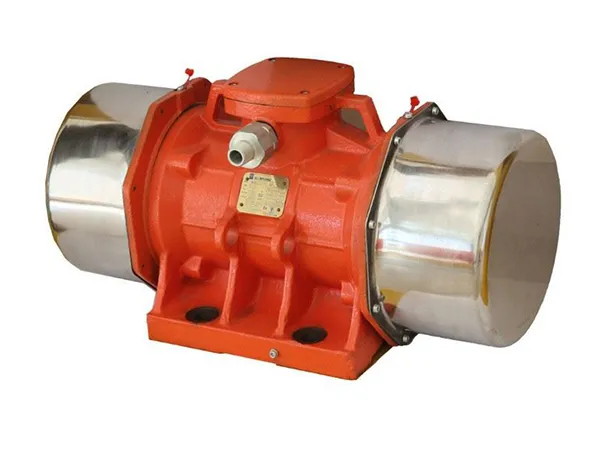
An explosion-proof vibration motor is a specialized type of vibration motor designed to operate safely in hazardous environments where the presence of explosive gases, vapors, or dust may pose a risk of ignition and explosion.
READ MORE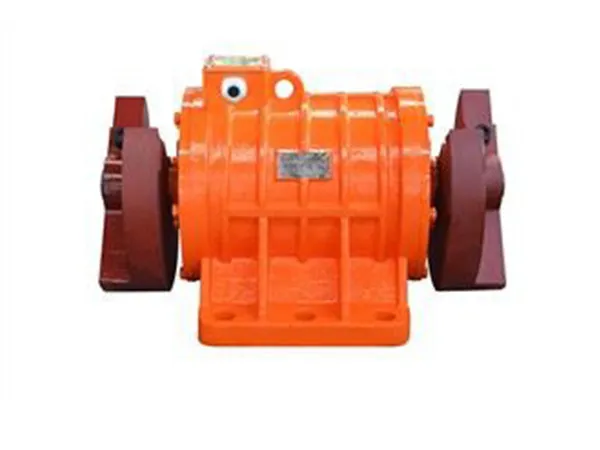
The VBH series vibration motors are specialized electric motors designed for generating controlled vibrations in various industrial applications. These motors are known for their reliability, durability, and efficiency, making them suitable for integration into equipment such as vibrating screens, feeders, conveyors, compactors, and sieves.
READ MORE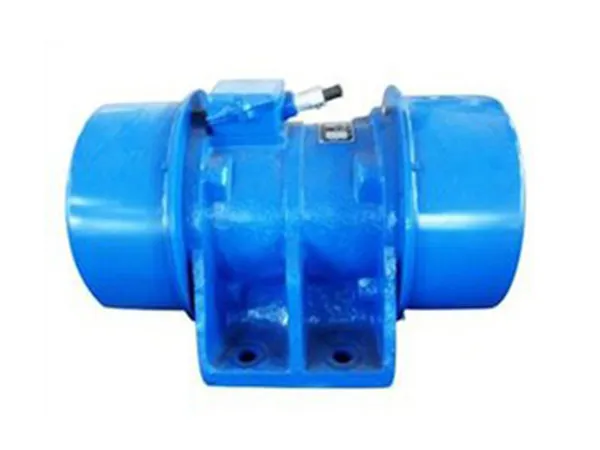
MVE standard series vibratory motors are versatile and reliable components used in a wide range of industrial applications to generate controlled vibrations for material handling, processing, compaction, and testing purposes. Their robust construction, high efficiency, and adjustable settings make them suitable for various industries requiring vibration-based solutions.
READ MORE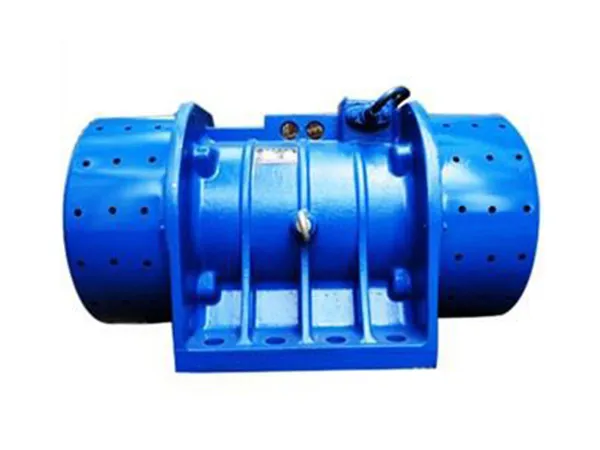
XVM-A series of vibration motor products are the latest new type of vibration motor with the international advanced level of the 21st century launched by THZD company. This series of products is a new product jointly developed by the world-renowned vibrating motor manufacturer VIMARC of the Netherlands and FRIEDRCH of Germany, and put on the market in China, Europe, and South America at the same time.
READ MORE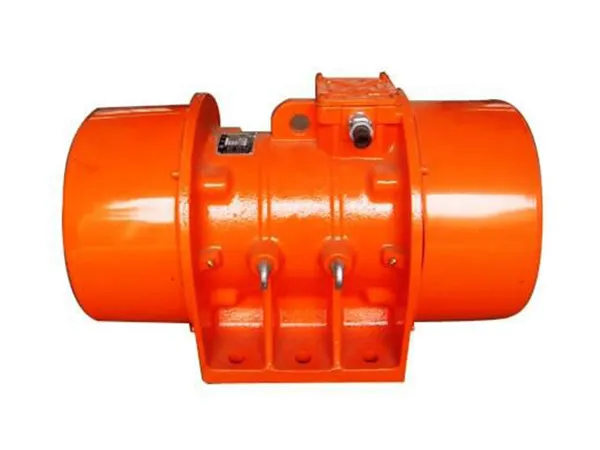
VBE series vibration motors are versatile and reliable components used in a wide range of industrial applications to generate controlled vibrations for material handling, processing, compaction, and testing purposes. Their compact design, high efficiency, and adjustable settings make them suitable for various industries requiring vibration-based solutions.
READ MORE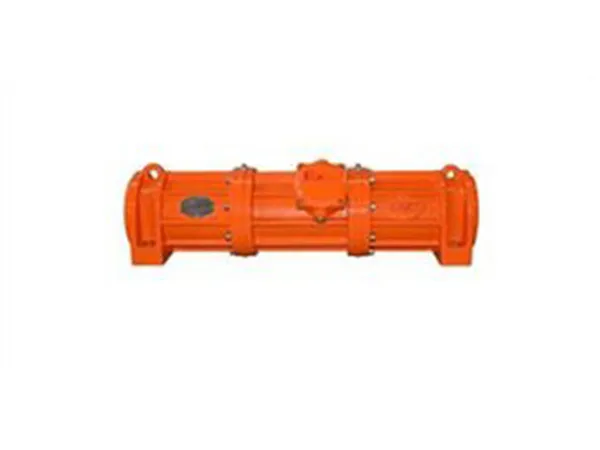
MVT series vibrator compared with ordinary vibrators, MVT series vibrators have wider vibration coverage and more convenient installation. MVT series vibrators are widely used in coal, mining, petroleum, foundry, food processing and other industries. Used on vibrating screens, feeders and other equipment.
READ MORE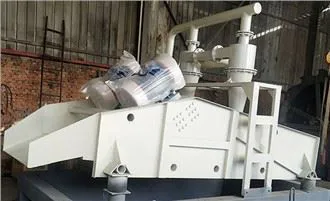
A mud sand separators play a crucial role in various industries and applications where the removal of sand, silt, and sediment from water or wastewater streams is necessary to protect equipment, ensure regulatory compliance, and safeguard the environment.
READ MOREA vibrating feeder is a device that uses vibration to ""feed"" or convey bulk materials evenly and consistently to another process or machine. Vibrating feeders are widely used in various industries such as mining, metallurgy, coal, building materials, chemical, and other types of processing and manufacturing plants. The primary purpose of a vibrating feeder is to transport material by providing a controlled and regulated flow.
The primary characteristic of a vibratory motor is the presence of an unbalanced mass or eccentric weight on the motor shaft. As the motor rotates, the eccentric weight creates centrifugal force, causing the motor and the attached equipment to vibrate.
Many vibratory motors allow for adjustments in terms of amplitude (the intensity of vibration) and frequency (the rate of vibration). This adjustability is important for optimizing the vibratory motion based on the requirements of the specific application.
Vibratory motors are typically robustly constructed to withstand the forces generated during operation. The housing is designed to protect the internal components from environmental factors and to ensure reliable and durable performance.
Some vibratory motors are equipped with control systems that allow users to adjust the vibration parameters. Control systems may include variable frequency drives (VFDs) or other electronic control mechanisms.
Efforts are made to design vibratory motors for energy efficiency, considering factors such as power consumption and heat dissipation.
Proper maintenance is essential to ensure the longevity and efficiency of vibratory motors. Regular checks on the motor, bearings, and connections are typically recommended.



The core of a vibrating feeder is an electromagnetic or mechanical vibrator. In electromagnetic vibratory feeders, an electromagnetic drive unit generates vibrations using electromagnets. In mechanical vibratory feeders, an unbalanced weight or eccentric shaft creates the vibrating motion.
The material to be conveyed is placed in a trough or tube. The trough is usually mounted on a base with springs or other flexible supports to isolate vibrations and prevent transmission to the surrounding structure.
The vibrating mechanism causes the feeder trough to oscillate or vibrate. The vibration can be either linear or circular, depending on the design of the feeder.
As the feeder trough vibrates, the material inside experiences the vibratory motion. The vibration moves the material along the trough in a controlled manner.
Many vibrating feeders have adjustable parameters such as vibration frequency, amplitude, and angle of inclination. These parameters can be fine-tuned to optimize the feeding process for different materials and applications.
The vibrating feeder is designed to discharge the material in a controlled and uniform flow. The rate of material flow can be adjusted by controlling the vibration intensity or frequency.
Vibrating feeders are used in various industries, including mining, construction, pharmaceuticals, food processing, and more. They are commonly used to feed bulk materials, granules, and powders to downstream processing equipment such as crushers, screens, and conveyors.
Some vibrating feeders are equipped with features to prevent overloading or damage due to irregularities in the material flow.
CONTACT US
Our team of experts are ready to help find you solutions tailored to your specific needs.
Contact Us TodayCopyright © 2023 Xinxiang Zongyuan Machinery Equipment Co., Ltd. | All Rights Reserved.